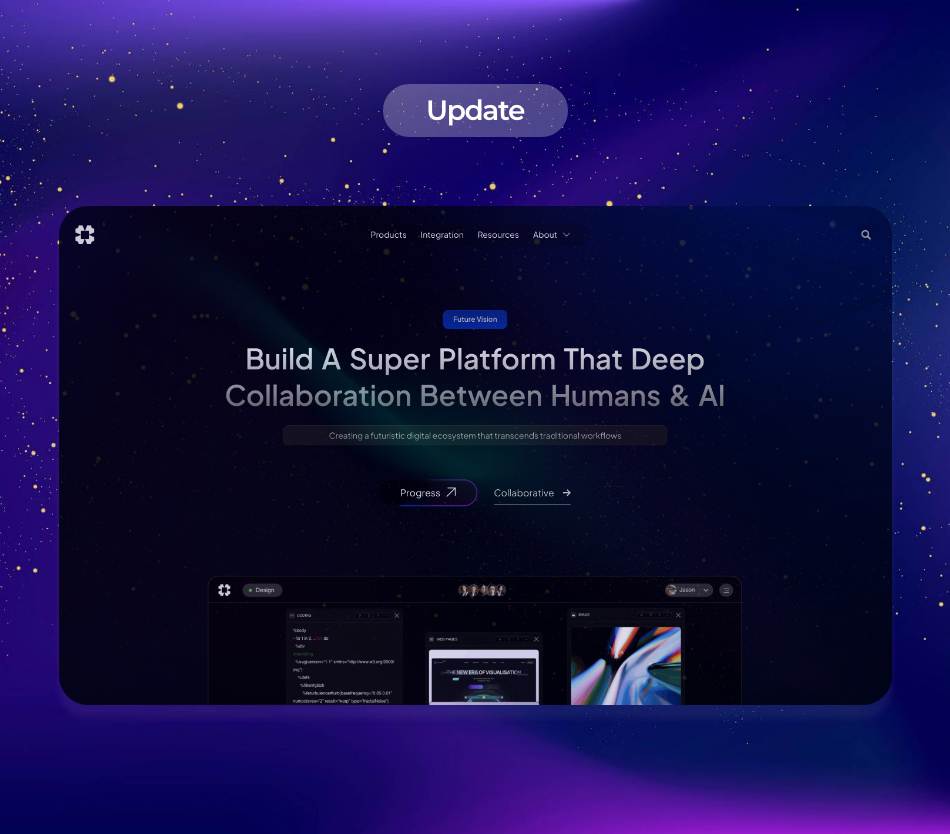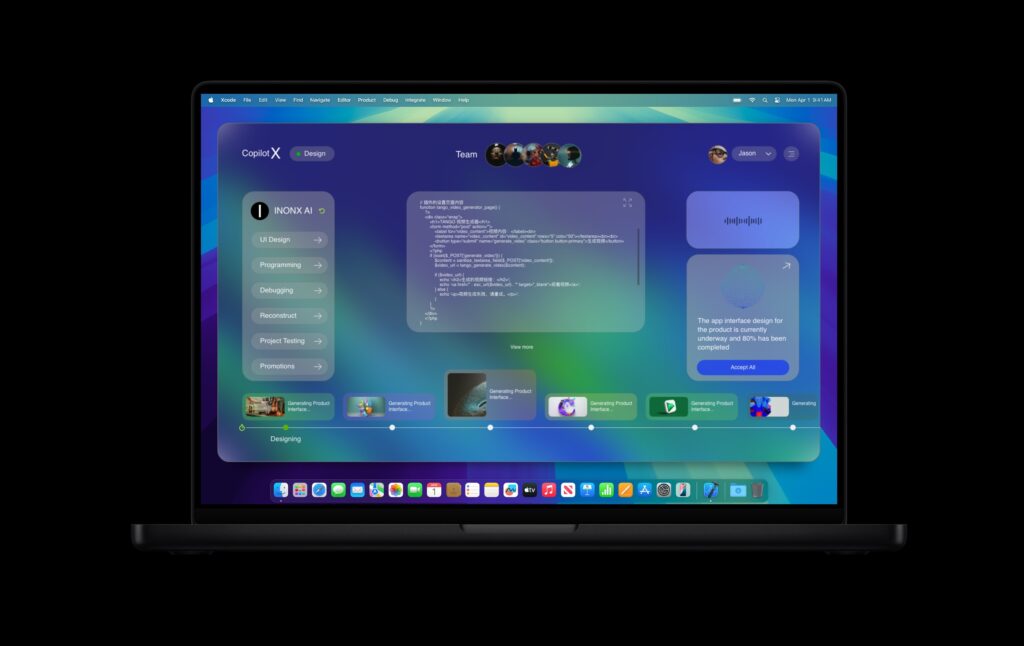As artificial intelligence (AI) technology continues to accelerate at a breathtaking pace, industries around the world are beginning to integrate these innovations into their operations. From automating menial tasks to creating engaging educational environments, the influence of AI can be seen across various sectors. In this article, we will explore three key areas currently experiencing transformative AI advancements: Automated Document Processing, Online Tutoring Platforms, and Deep Image Generation. Each section provides insight into recent developments, practical applications, and the potential impact on society.
Automated Document Processing
In today’s fast-paced digital environment, organizations are inundated with a massive volume of documents that require processing. Enter Automated Document Processing (ADP) – a solution that leverages AI, machine learning, and natural language processing (NLP) to streamline the handling of these documents. Recent advancements in ADP have made it possible to automate tasks that once demanded substantial human input, such as data extraction, classification, and transcription.
Recent innovation in ADP is being driven by improvements in AI algorithms, which facilitate faster and more accurate data processing. For instance, companies like UiPath and Automation Anywhere have incorporated machine learning capabilities into their solutions, allowing them to learn from past data processing cycles to enhance accuracy over time. This means that, for businesses that utilize ADP, manual data entry tasks can be significantly reduced, leading to a better allocation of resources and a notable decrease in human error.
Another exciting advancement is the integration of Optical Character Recognition (OCR) technologies with AI-driven systems. This allows documents scanned or received in image formats to be successfully converted into editable formats. Companies like ABBYY and Kofax are at the forefront of integrating OCR with AI, enabling organizations to transform large archives of paper-based documents into digital records.
The implications of these technologies are profound. With ADP systems successfully handling vast amounts of data, organizations can achieve better compliance with regulatory frameworks, significantly reducing the risks related to human error. Furthermore, employees can focus on more strategic tasks rather than being bogged down with tedious data entry work.
Given the increasing demand for efficient document handling, ADP is poised for robust growth. According to industry reports, the global market for automated document processing is expected to reach $5 billion by 2026, growing at a CAGR of over 20%. As businesses continue to harness the potential of AI, it is clear that automated document processing will play a vital role in driving operational efficiency.
Online Tutoring Platforms
The education sector has also seen significant advancements thanks to AI, particularly through online tutoring platforms. As remote learning becomes more prevalent, the integration of AI offers personalized learning experiences that cater to each student’s unique needs. Companies such as Duolingo and Tutor.com use AI algorithms to analyze user behavior and tailor lessons accordingly.
Recently, advancements in AI-driven online tutoring platforms have been making waves. For example, AI-powered chatbots are now playing a central role in these platforms. They provide 24/7 assistance to students, addressing their questions in real-time and guiding them through complex subjects. This shift towards utilizing chatbots not only enhances the learning experience but also minimizes the need for human tutors, making education more accessible.
Moreover, the emergence of advanced AI analytics has transformed how educators track student progress. By collecting and analyzing data on learning outcomes, AI can identify trends and highlight areas where students may need additional help. This allows educators to intervene early, enabling better overall performance and reduced dropout rates.
A significant development in this domain is the rise of adaptive learning technologies. These platforms assess a student’s proficiency through regular assessments and dynamically adjust the difficulty and pace of lessons. This personalized approach fosters greater understanding while also keeping students engaged.
According to a report by HolonIQ, the global EdTech market is expected to exceed $404 billion by 2025. AI-driven online tutoring platforms are expected to contribute significantly to this growth, as institutions and individual learners seek innovative solutions that cater to their varied educational needs.
Deep Image Generation
In the realm of AI, Deep Image Generation has emerged as a revolutionary capability, showcasing the power of neural networks to create stunning visuals based on textual descriptions. This technology is mainly driven by Generative Adversarial Networks (GANs) and transformer models like OpenAI’s DALL-E and Google’s Imagen. These platforms, which were once considered theoretical concepts, are now producing tangible results that have sparked interest in multiple industries, including advertising, gaming, and entertainment.
The latest iteration of DALL-E has garnered much attention due to its ability to generate images with remarkable accuracy and detail based on natural language prompts. Recent updates have improved its creativity, allowing it to blend concepts in ways that had previously been unimaginable. Artists and creative professionals are starting to explore this technology as a way to inspire new ideas and serve as a springboard for their work. Similarly, the gaming industry is leveraging deep image generation to create immersive environments and characters, reducing the workload for designers.
Another noteworthy development in the field of deep image generation is the focus on ethical implications. As these technologies become more prevalent, discussions around copyright and the potential for misuse arise. Researchers are working to create guidelines on how to use these advanced tools responsibly, ensuring that creative outputs are respectful of intellectual property and do not perpetuate bias or misinformation.
Additionally, companies such as NVIDIA have advanced the realm of image synthesis through their StyleGAN architecture. This innovative approach allows for fine-grained control over generated images and offers an unprecedented level of customization, enabling users to create unique visual content tailored to their needs. The growing capabilities of these technologies suggest that deep image generation will soon play a crucial role in various sectors, including marketing, film, and virtual experiences.
Looking ahead, industry analysts estimate that the market for AI-driven content creation, which includes deep image generation, will reach $1 billion by 2025, highlighting the significance of these innovations.
Conclusion
The rapid progression of artificial intelligence is reshaping the landscape of various industries, showcasing immense potential through advancements in Automated Document Processing, Online Tutoring Platforms, and Deep Image Generation. These technologies are not only enhancing productivity and efficiency, but they are also providing tailored solutions to meet the individual needs of organizations and learners alike. As the world continues to navigate the integration of these AI systems into daily life, the prospects for innovation remain boundless, with the potential to revolutionize how we work, learn, and create.
Sources:
1. Industry Reports on Automated Document Processing
2. HolonIQ on EdTech Growth
3. OpenAI and Google’s information on Deep Image Generation developments
4. NVIDIA’s releases on StyleGAN and image synthesis technology
By understanding these recent developments, stakeholders can harness the power of AI more effectively, paving the way for a future rich in opportunity and innovation.


























